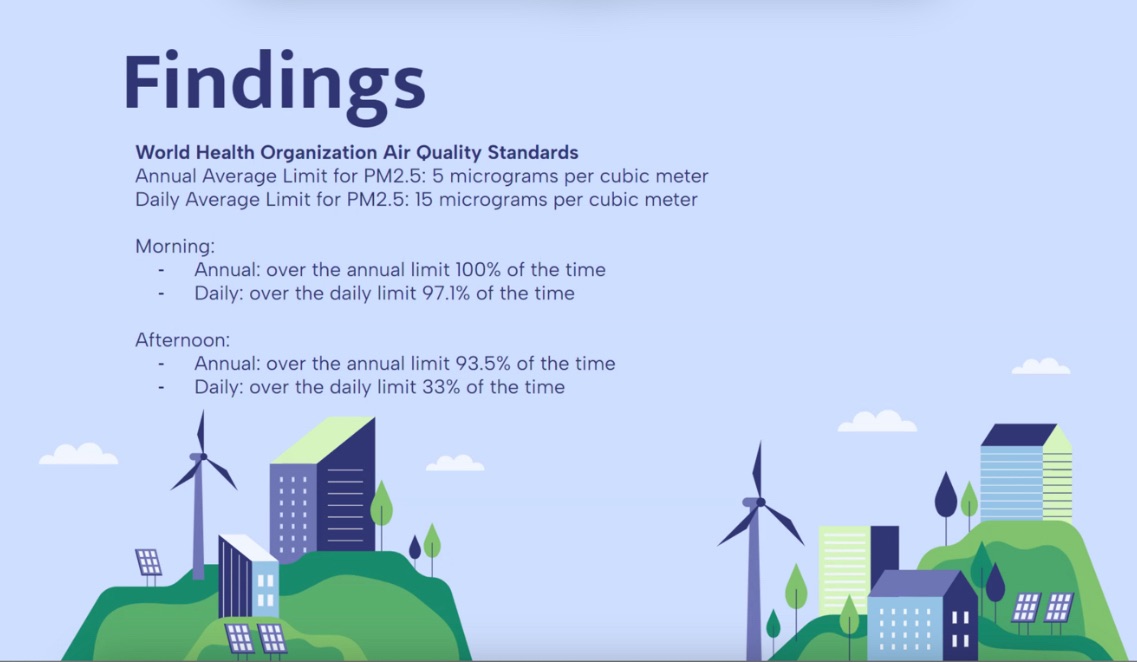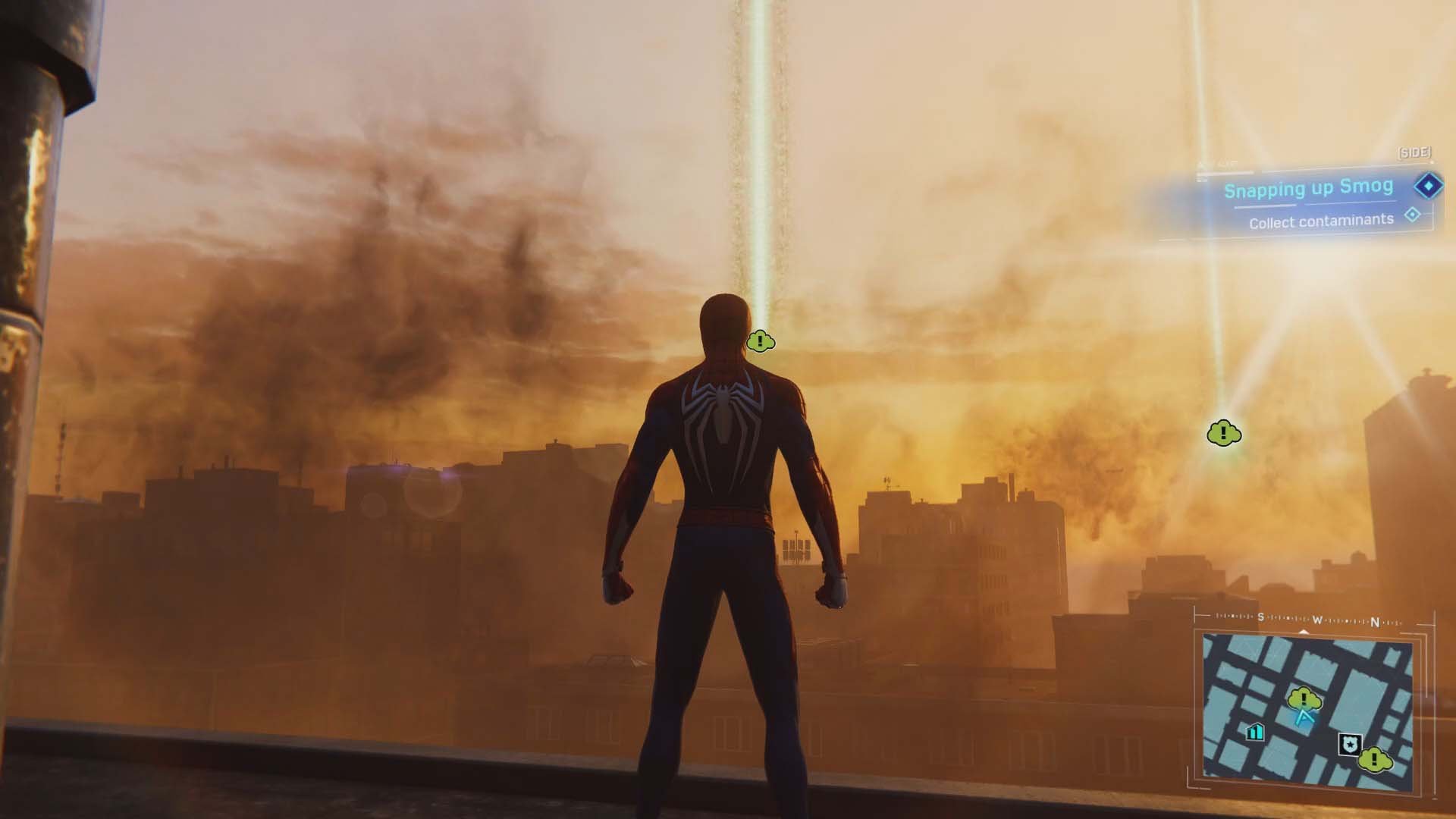Earlier this month, I had the opportunity to sit-in on a meeting between South Bronx Unite, a group that aims to improve the future of the Mott Haven and Port Morris area, and Manhattan Community Board 8 on a study the group conducted on air pollution across the city, and the need to get the city to help address the problem.
The findings were eye-opening for me and I have lived in the city my entire life. The presentation started with discussing how air quality is major issue, especially for the elderly, developing babies, and people with asthma and other breathing afflictions. The group discussed how New York City has a serious air pollution problem, as do many large cities around the world, but I became increasingly horrified as they discussed the specifics of their experiment.
South Bronx Unite implemented air quality monitors to measure the concentration of specific particulate matter in areas across the city to measure air pollution across the entire city. However, instead of just looking at the issue through a macroscopic perspective, the group illustrated the issues by conducting profiles of three at risk individuals in the South Bronx, getting to understand what it meant to them to be able to breathe clearly in their homes and communities. They drove through popular routes and communal areas in the South Bronx monitoring air quality, taking the opportunity to understand the lives of the people of the South Bronx and understanding their perspectives on the issue and how air pollution effects their lives. An anthropological community-based strategy that helped elevate their study.

img_0003-1.jpg
From the Report
Focusing on PM2.5, a group of disruptive carcinogenic particulates tiny enough to penetrate people’s lungs, studies found that the particulate levels varied, but were high across New York (one of the concentrated areas was my own neighborhood!). The particulate levels in the morning were almost always far above the World Heath Organization’s healthy limit, and above the annual limit in the afternoon’s as well, with traffic and the abundance of gasoline cars being the main polluter, The particulates were effecting people’s respiration and causing other afflictions, and in the long-term potentially leading to deadly lung cancer. The awesome organizers finished, highlighting that air pollution is affecting New Yorkers lives in both the short and long-term, negatively impacting their health as they live and thrive in their city, and that the it was crucial the city find more effective ways of addressing the problem. Proposing the placement of air quality monitors at strategic locations in the South Bronx at St. Ann’s Avenue, 162nd St Between Teller & Morris Ave, Brook Ave Between 137th & 139th St, 139th St Between St Ann’s & Cypress Ave, and 149th St Between Park & Morris Ave to monitor progress and use programs such as congestion charges to dissuade traffic in populated areas to reduce a major source of air pollution.
As an avid player of PS5 Spiderman game when I was younger, I had completed missions across New York City swinging through dense, disgusting clouds of air pollution to monitor how they were effecting the population, and after the meeting I realized that a similar situation existed in real life where I live, even though I couldn’t identify it as clearly. I again saw that nowhere is immune to pollution and environmental issues, and the value of using an anthropological perspective to create impactful and wholistic studies and find effective solutions. Continuing to deploy anthropological strategies will allow researchers more insights into both the statistical and human element of problems and develop clearer plans to start fixing issues by problems posed by climate change and beyond.

